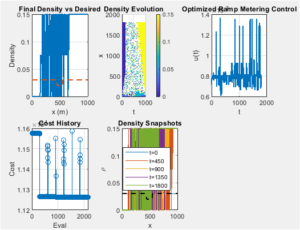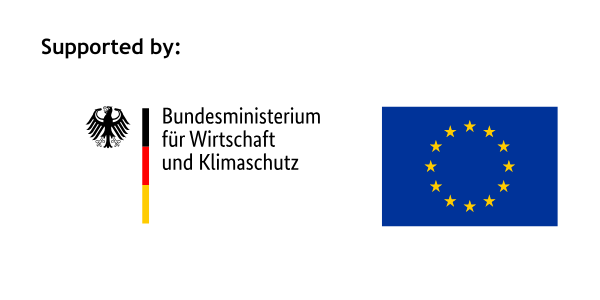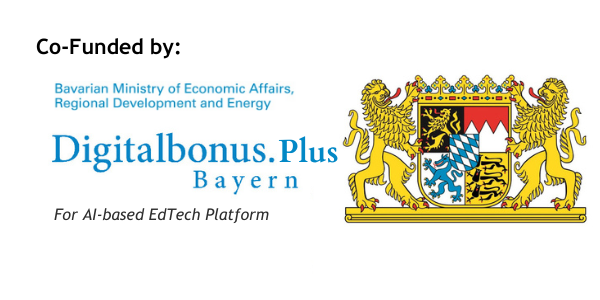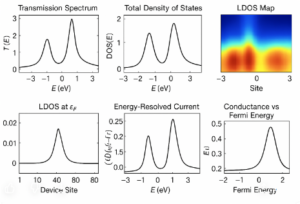
Home » Engineering
Engineering

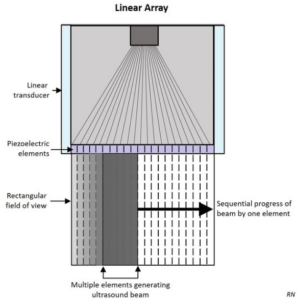
Optimizing Ultrasound Beamforming: A Comparative Study of DAS, MVDR, and Quadratic Programming Approaches in Matlab
waqas javaid 21. December 2025
Read More »

Centralized Multi-Robot Path Planning Using Particle Swarm Optimization and Bezier Curves in MATLAB
waqas javaid 21. December 2025
Read More »
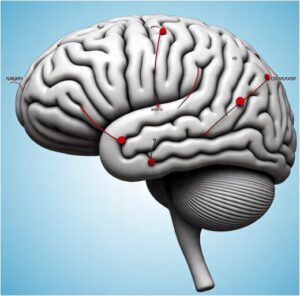
Dynamical Modeling of Brain Functional Connectivity using Coupled Oscillators in MATLAB
waqas javaid 21. December 2025
Read More »

Development of a Stable Data-Driven POD Reduced-Order Model for Turbulent Flow Simulation
waqas javaid 21. December 2025
Read More »
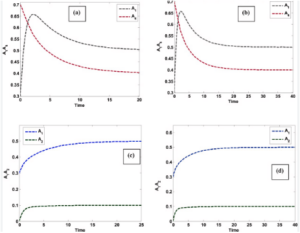
Stiff Multi-Species Chemical Kinetics Simulation Using Analytical Jacobians and Sensitivity Analysis in MATLAB
waqas javaid 21. December 2025
Read More »

Comparative Study of Hard and Soft Wavelet Thresholding for Signal Denoising in Matlab
waqas javaid 21. December 2025
Read More »

Transient Dynamic Analysis of Kirchhoff Plates Using an Explicit Finite Difference Method in MATLAB
waqas javaid 21. December 2025
Read More »
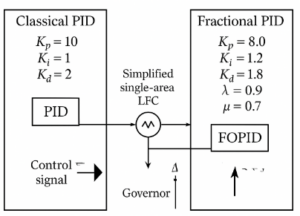
MATLAB Simulation of Fractional-Order PID Control for Single-Area Load Frequency Systems
waqas javaid 21. December 2025
Read More »
